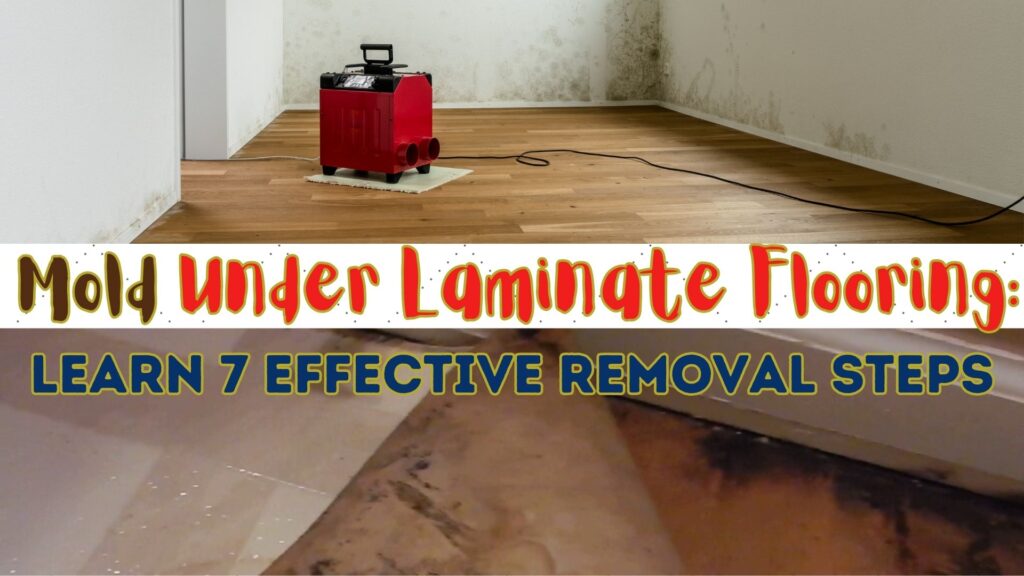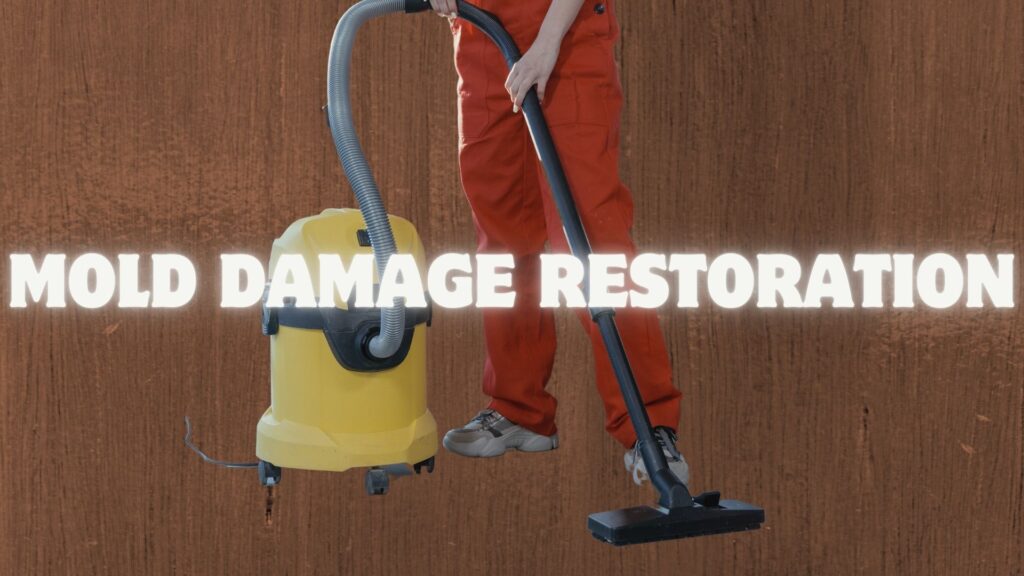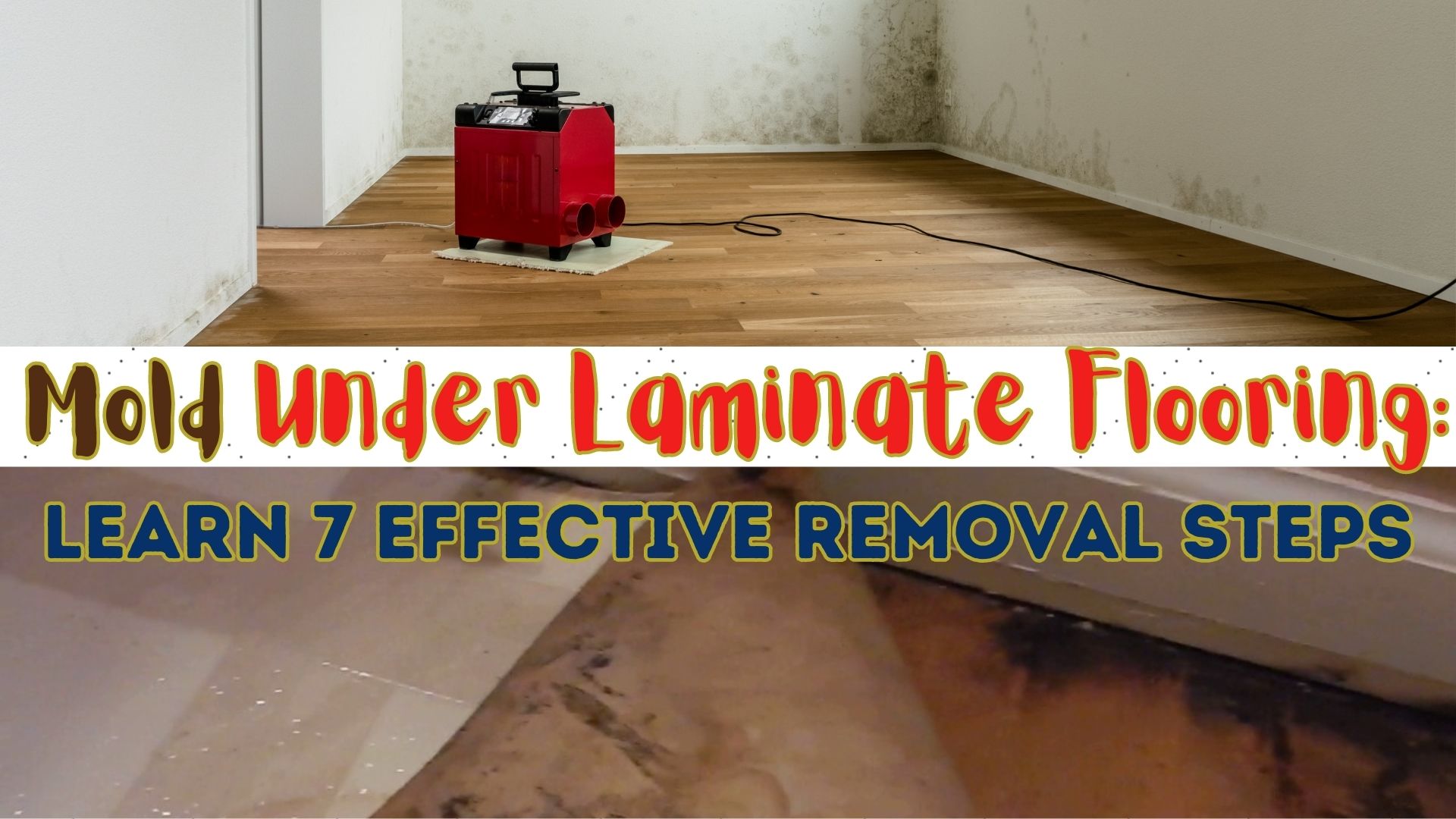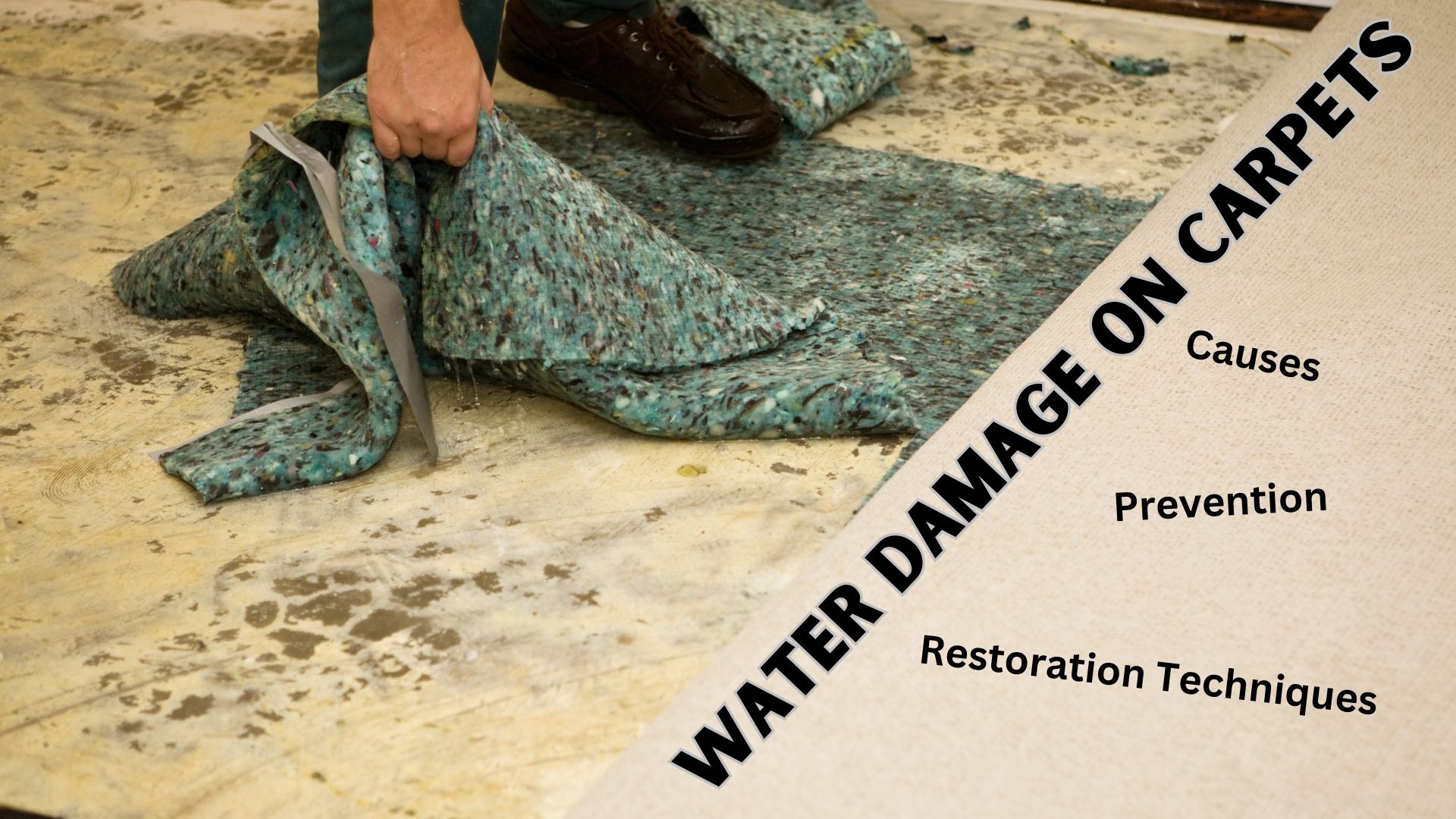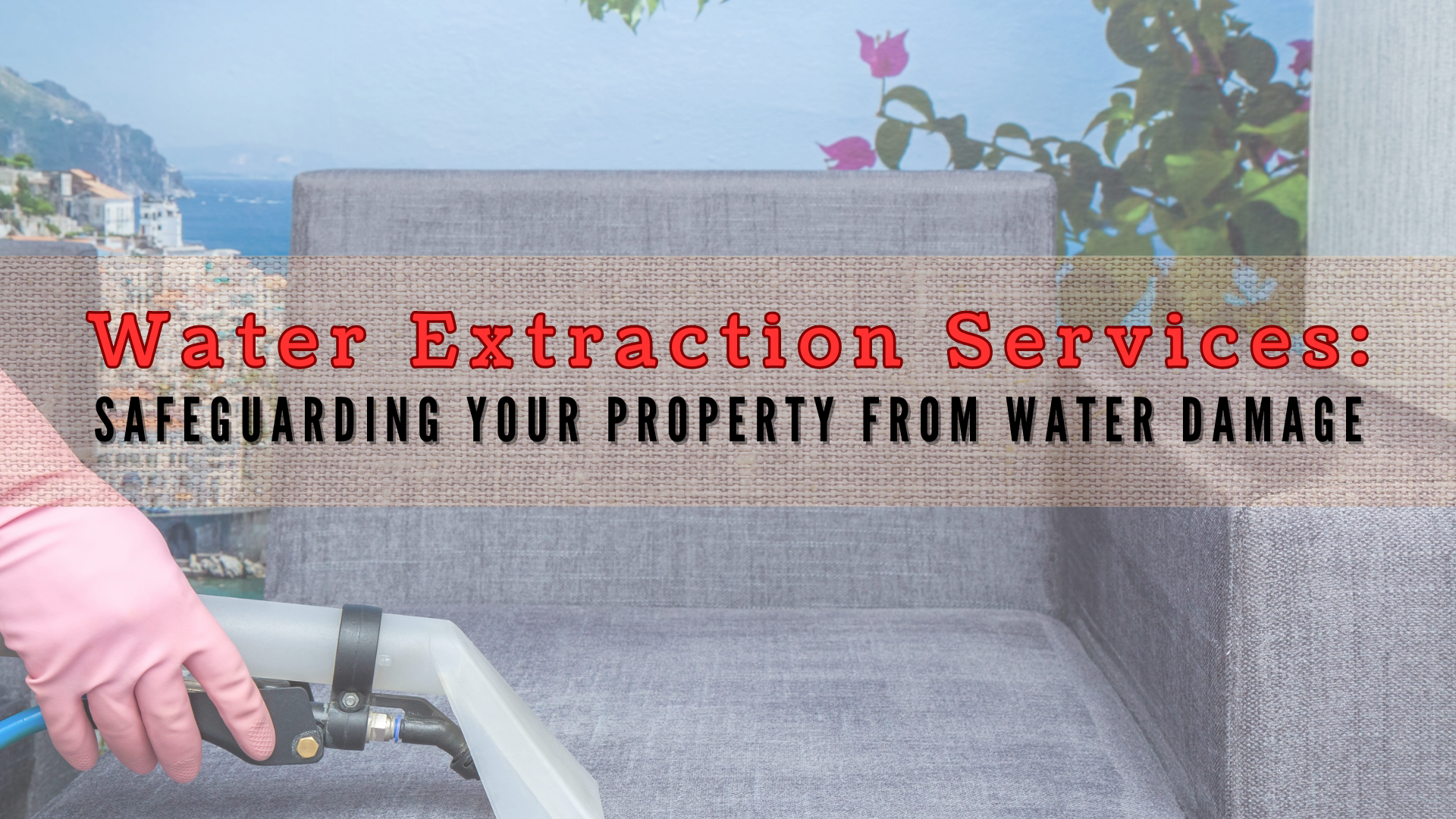Mold under laminate flooring can pose a significant problem for homeowners, as it not only compromises the integrity of the flooring but also presents potential health risks. This article delves into the causes, prevention strategies, and effective removal methods to tackle the issue of mold growth under laminate flooring. By understanding the underlying factors contributing to mold growth, implementing preventive measures, and employing appropriate removal techniques, you can safeguard your home and maintain a healthy living environment. Let’s explore the world of mold under laminate flooring and discover how to effectively deal with this troublesome issue.
Understanding Issues on Mold Under Laminate Flooring
Laminate flooring has gained popularity among homeowners for its resilient nature, cost-effectiveness, and visually pleasing attributes. However, one issue that can arise with laminate flooring is the growth of mold underneath its surface. Mold thrives in damp and dark environments, making the space between the laminate flooring and the subfloor an ideal breeding ground.
Mold Under Laminate Flooring: Know the Causes
Mold growth under laminate flooring can be attributed to various factors. One common cause is water damage or a water leak, which creates a moist environment for mold to flourish. When laminate flooring is exposed to excessive moisture, it can absorb the water and provide an ideal condition for mold spores to germinate and grow. Even minor water leaks, such as those from plumbing issues or high humidity levels, can contribute to mold growth over time.
Detecting Mold Under Laminate Flooring
Detecting mold under laminate flooring can be challenging since it is not readily visible. However, there are a few signs that may indicate its presence.
A musty odor emanating from the affected area is often the first clue. If you notice a persistent musty smell, it’s important to investigate further. Other indicators include discoloration or warping of the laminate flooring, as well as the presence of black or greenish spots.
Prevention Strategies for Mold Growth
Prevention is key when it comes to dealing with black mold or any type of mold under laminate flooring. By implementing the following strategies, you can reduce the risk of mold growth and protect the integrity of your flooring:
Maintain a Dry Floor: Regularly inspect your laminate flooring for any signs of water damage or leaks. If you identify any issues, address them promptly to ensure the floor remains dry.
Address Water Leaks Immediately: Water leaks, no matter how minor, should be fixed promptly to prevent moisture buildup. If you discover a leak, consult a professional plumber to assess and repair the problem.
Control Indoor Humidity: Keep the humidity levels in your home under control, ideally between 30% and 50%. Install dehumidifying devices in areas susceptible to elevated humidity levels, such as basements and bathrooms.
Use Moisture Barriers: Consider using a moisture barrier, such as a plastic sheet or vapor barrier, between the subfloor and the laminate flooring during installation. By implementing this measure, moisture infiltration into the flooring material is effectively hindered.
Ensure Proper Ventilation: Adequate ventilation is crucial for preventing mold growth. Ensure that areas with laminate flooring, such as basements and bathrooms, have proper ventilation systems in place.
Removing Mold Under Laminate Flooring
If you have discovered mold growth under your laminate flooring, it is essential to address the issue promptly to prevent further damage and potential health risks. Here are some effective steps to remove mold from underneath laminate flooring:
- Safety Precautions: Before starting the removal process, take the necessary precautions to protect yourself. Wear gloves, safety goggles, and a mask to avoid direct contact with mold spores.
- Isolate the Area: Close off the affected area to prevent the spread of mold spores to other parts of your home. Use plastic sheeting or tarps to seal off the space and create a containment area.
- Remove the Laminate Flooring: Carefully remove the laminate flooring to expose the mold-infested area. Start by loosening the edges and gradually work your way toward the center. Dispose of the damaged flooring properly.
- Dry the Affected Area: Use fans, dehumidifiers, or natural ventilation to thoroughly dry the subfloor and the surrounding area. It is crucial to eliminate all sources of moisture to prevent future mold growth.
- Treat the Mold: Mix a cup of borax with a gallon of water and pour the solution into a spray bottle. Spray the affected areas generously and scrub gently with a brush. Alternatively, you can use a mixture of hydrogen peroxide and water or a solution of rubbing alcohol.
- HEPA Vacuuming: After treating the mold, use a HEPA vacuum to remove any remaining mold spores from the area. The HEPA filter is essential for trapping microscopic particles and preventing their release back into the air.
- Monitor and Prevent: After completing the mold removal process, monitor the area for any signs of recurring mold growth. Implement preventive measures, such as maintaining proper ventilation and controlling moisture levels, to prevent future mold issues.
Seek Professional Assistance
Professional assistance plays a crucial role in effectively addressing the issue of mold under laminate flooring. Experts in mold remediation possess the knowledge, experience, and specialized equipment necessary to assess the extent of mold growth, identify the underlying causes and execute appropriate remediation measures.
When dealing with mold under laminate flooring, professionals can provide several benefits:
- Accurate Assessment: Professionals can conduct a thorough inspection to determine the severity and extent of mold growth. They have the expertise to identify hidden mold, assess potential structural damage, and evaluate the overall impact on indoor air quality.
- Safe Handling: Mold remediation specialists are equipped with proper safety gear and protocols to handle mold removal safely. They minimize the risk of exposure to mold spores, which can cause health issues, and ensure that containment measures are in place to prevent the spread of mold during the removal process.
- Effective Remediation: Professionals employ industry-standard techniques and advanced equipment to effectively remove mold under laminate flooring. They have access to specialized tools, such as HEPA vacuums and air scrubbers, that can capture and remove mold spores from the air and surfaces.
- Preventive Measures: In addition to mold removal, professionals can offer valuable advice on implementing preventive measures to mitigate the risk of future mold growth. They can provide guidance on improving ventilation, moisture control, and maintenance practices to create an environment less conducive to mold development.
- Thorough Restoration: Mold remediation professionals can assist in the restoration process after mold removal. They can help with repairing or replacing damaged subflooring, recommending suitable replacement materials, and ensuring the affected area is properly restored to its pre-mold condition.
Overall, professional assistance in dealing with mold under laminate flooring ensures a comprehensive and effective approach to remediation. Their expertise minimizes health risks, addresses the root causes of mold growth, and helps restore a safe and mold-free living environment.
Effective Mold Remediation by Superior Restoration
Issues with mold under laminate flooring can be a concerning issue for homeowners. By understanding the causes of mold growth, implementing preventive strategies, and taking immediate action to remove mold if it develops, you can protect your flooring and ensure a healthy living environment. Remember, early detection and prompt remediation are crucial to preventing further damage and maintaining the overall integrity of your home.
If you’re unsure about handling mold removal yourself, it is always advisable to seek professional assistance to ensure thorough and effective mold remediation. Please don’t hesitate to call our 24/7 local office Mold Damage Murrieta, today!


